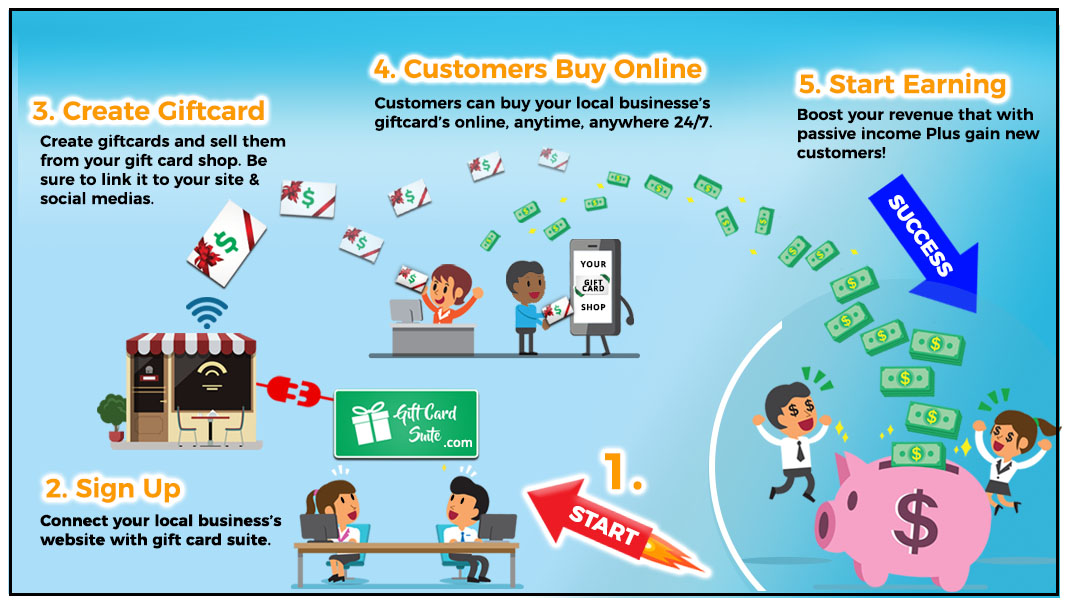Laser engraving on glass can include vivid, personalized designs to a series of items. This adaptability is among the main advantages of laser technology over other inscribing strategies.
Before you etch your glass products with the laser, understand a few usual issues that can emerge. These suggestions will certainly assist you attain the very best outcomes possible.
Exactly How Laser Inscription Functions
Laser engraving is a preferred method for etching and individualizing items. It is a procedure that can be performed on a variety of materials, consisting of glass, wood and steel. Laser engraving makers can generate extremely thorough designs, with great lines and precise cuts. Utilizing this strategy, you can produce personalized awards and various other items that are sure to excite.
To achieve the preferred outcomes, first, you will certainly require to conceptualize the style. This will certainly help you to choose what sort of image or message you intend to engrave externally. After that, you will need to transform your concept into an electronic visuals. This can be made with visuals style software program, such as Adobe Illustrator or Inkscape, and then saved right into a documents format that works with your laser engraver.
As soon as the engraving data are prepared, it is time to begin preparing the product for laser marking. This can be done by applying a black mask that is created especially for laser use. The dark shade of the mask reflects laser light, and aids to reduce any type of warmth that would otherwise damage the surface area.
Restricting Chipping
When the laser beam strikes the surface area of glass it quickly heats the material up. The unexpected home heating creates tiny fractures to the surface. The fractures and cracks develop the look of inscription, etching or frozen glass.
The varying compositions of different sorts of glass can influence how the custom glass for her material reacts to the laser. It is very important to meticulously test your laser settings on an example item of glass before starting a task. Exact emphasis is additionally critical for tidy, consistent results.
To improve the quality of your engravings try utilizing a dark paper to secure the glass from the laser. The specialized dark paper has a finish that soaks up the laser power and permits the inscribing to take place. The dark paper can be removed once the engraving is complete. It is also recommended to use a lower resolution and reduce the amount of black in the graphics as this will help reduce micro-fracturing. A Jarvis dithering pattern can also be applied to the visuals in the laser driver setups to randomize and separate the dots of the layout and additional reduce the amount of micro-fracturing.
Preparing the Surface
Laser noting on glass and plastic supplies a wide range of functional usages, from item traceability (like day codes or whole lot numbers) to 3D noting within the material itself. It's likewise used for decoration and design in industries like the vehicle, food, and telecommunication fields.
Obtaining excellent arise from laser inscription on glass depends partially on the preparation of the surface. Keeping the material tidy of dirt and oil assists the laser permeate deeper and much better. Concealing the surface area with a paper towel or paper a little larger than the inscribing location can additionally lower the results of heat on large locations, aiding to decrease damaging and improve general engraving high quality.
Style and laser control software program can also impact just how well the process functions. Programs like Adobe Illustrator or Corel Draw aid you create and customize your layouts while programs like LightBurn or LaserGRBL manage the laser's setups.
Beginning
Laser etching on glass is quick and efficient, producing a high-end look that enhances products and strengthens brand identity. While some may watch out for working with this fragile product, a little time and perseverance will aid make certain beautiful outcomes.
Using a commercial laser, you can include attractive patterns, messages, or tailored styles to things like glass, bottles, carafes, and much more. The process is non-contact, decreasing the risk of damage also on bent or vulnerable surfaces.
To optimize laser effectiveness, you'll intend to invest some time trying out the settings for your specific maker and glass type. Refining these setups will decrease power use, enhance overall etching quality, and minimize the possibility of mistakes or breakage. As an example, you can enhance the resolution and lower the black level of your graphics to make use of less laser power. In a similar way, utilizing a Jarvis dithering pattern will certainly separate and randomize the dots in your graphics to further minimize laser heat use.
